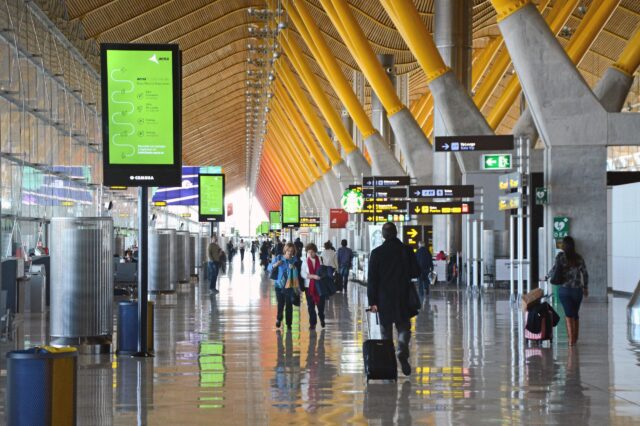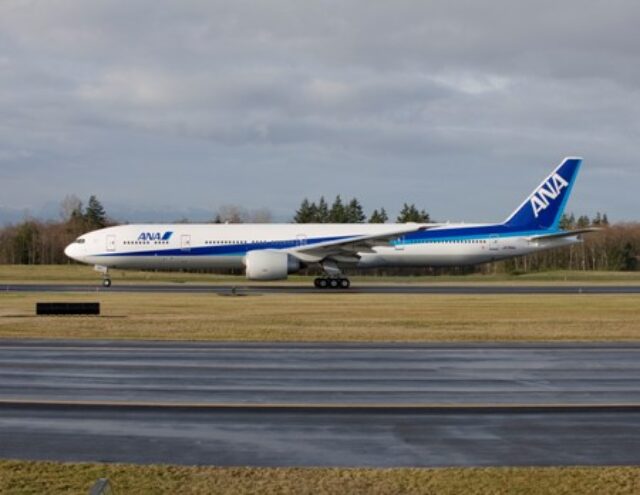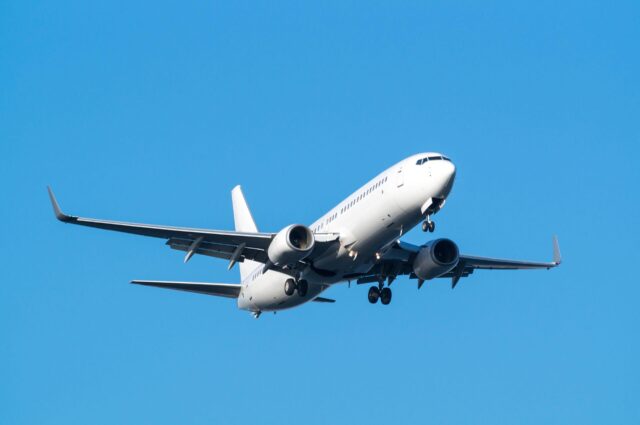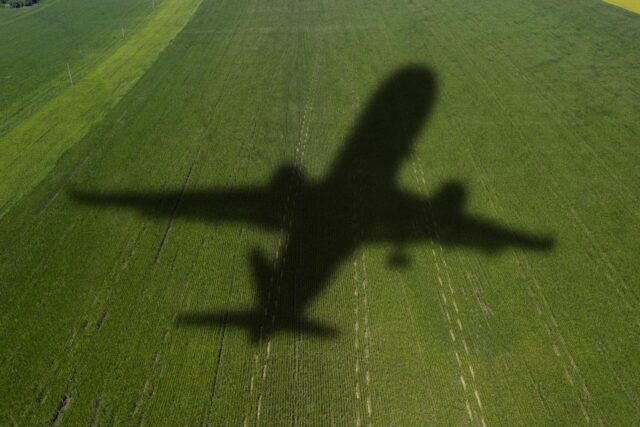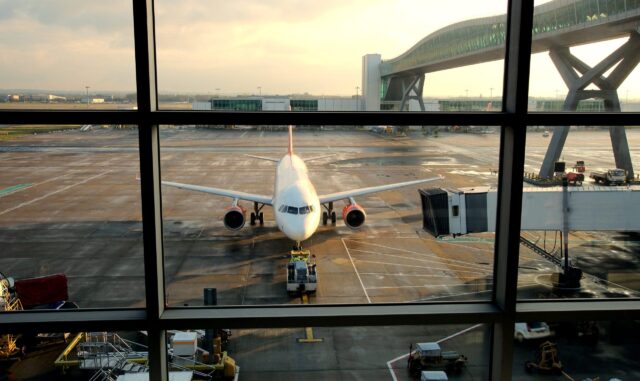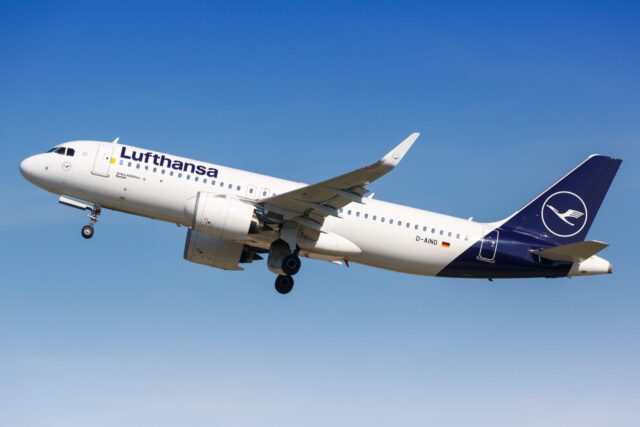US Northern Command activated eight MAFFS-equipped C-130 aircraft to fight the raging fires in Los Angeles
January 11, 2025

US Northern Command (NORTHCOM) activated eight of its C-130 aircraft equipped with MAFFS (Modular Aerial Fire Fighting Systems) on 10 January 2025 to help fight the raging fires in the Los Angeles area. Three units relocated their aircraft and personnel from their home bases to Port Hueneme, where they will be hosted by the 146th AW – the fourth MAFFS unit. All of the aircraft are expected to be operational over the disaster zone by January 12.

NORTHCOM designated March Air Reserve Base at Riverside County in California as the Federal Emergency Management Agency (FEMA) Incident Support Base, providing the “forward distribution of supplies and equipment.” If requested, NORTHCOM stands ready to provide rotary wing support, ground and air search and rescue, commodity distribution, emergency route clearance, incident awareness and assessment, and medical capabilities.
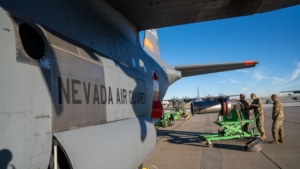
The US Forest Service routinely contracts with private companies in order to provide commercial airtankers for fighting and suppressing wildfires by dropping fire retardant. But during some periods of high demand, there may not always be enough contracted airtankers available to meet demand. When this happens, they can be augmented by eight ANG and AFRes C-130 Hercules aircraft from four Airlift Wings. These are equipped with eight sets of roll-on/roll-off Modular Airborne Fire Fighting Systems (MAFFS) equipment. The US Forest Service owns the MAFFS equipment and supplies the fire retardant, while the US DoD provides the C-130H and C-130J aircraft and their crews. These The MAFFS crews participate in recurring annual training, and each unit is required to have five personnel certified for the role.
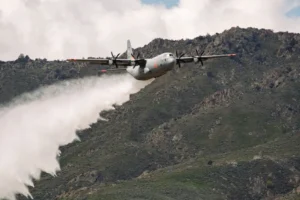
It is an established custom that the USFS, Department of Agriculture or relevant state Governor should only ask the DoD to activate the four MAFFS units after “exhausting private contractor assets.” This way, the DoD can provide an emergency capability to supplement existing commercial tankers without representing a competitor to the commercial companies.
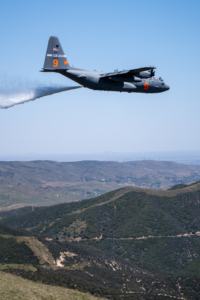
Unlike commercial CAL FIRE air tankers, the MAFFS aircraft are not Initial Attack (IA) qualified, and thus require an Aerial Supervision Module/Lead Plane in order to conduct drops. This tends to limit their use to established fires, while the commercial airtankers can be dispatched to fight new fires.
The eight MAFFS systems are assigned to four ANG and AFRes units, and though they can be fitted to a number of different airframes, the aircraft so fitted always wear the tail and fuselage numbers assigned to the original US Department of Agriculture Forest Service legacy MAFFS systems. These are applied in high conspicuity dayglo orange.
The 153rd Airlift Wing, Wyoming Air National Guard, at Cheyenne uses MAFFS 1 and 3. MAFFS 2 and 5 are assigned to the Air Force Reserve’s 302nd Airlift Wing, at Peterson Air Force base, Colorado. The 146th Airlift Wing, California Air National Guard, at Port Hueneme uses MAFFS 4 and 6. The 152nd Airlift Wing, Nevada Air National Guard, at Reno uses MAFFS 8 and 9. Finally MAFFS 7 (assigned to the North Carolina ANG) was lost in 2012, and has not been replaced.
The MAFFS unit is a roll-on, roll-off portable fire retardant delivery system that can be inserted into any military C-130 transport aircraft without requiring any major structural modifications.
The original MAFFS system used five tanks which dispensed retardant via two nozzles on the rear ramp, while the newer MAFFS II system uses a single 3,000-gallon tank that dispenses water or retardant from a nozzle mounted in the port rear paradoor.
The system can discharge a fire retardant load of 3,000 gallons (28,000 pounds) in less than five seconds through the discharge tube in the left rear paratroop door. When released from an altitude of about 150 feet, the retardant will cover an area one-quarter of a mile long and 60 feet wide. The aircraft can be refilled and airborne again in less than 20 minutes after landing.
The retardant used by MAFFS consists of 80 to 85% water, mixed with 10-15% ammonium sulfate, a gelling agent and red colouring. The red colouring in the retardant helps pilots to see where previous loads have been dropped. The retardant disperses as a mist, preventing damage to buildings.
JL2.5++




